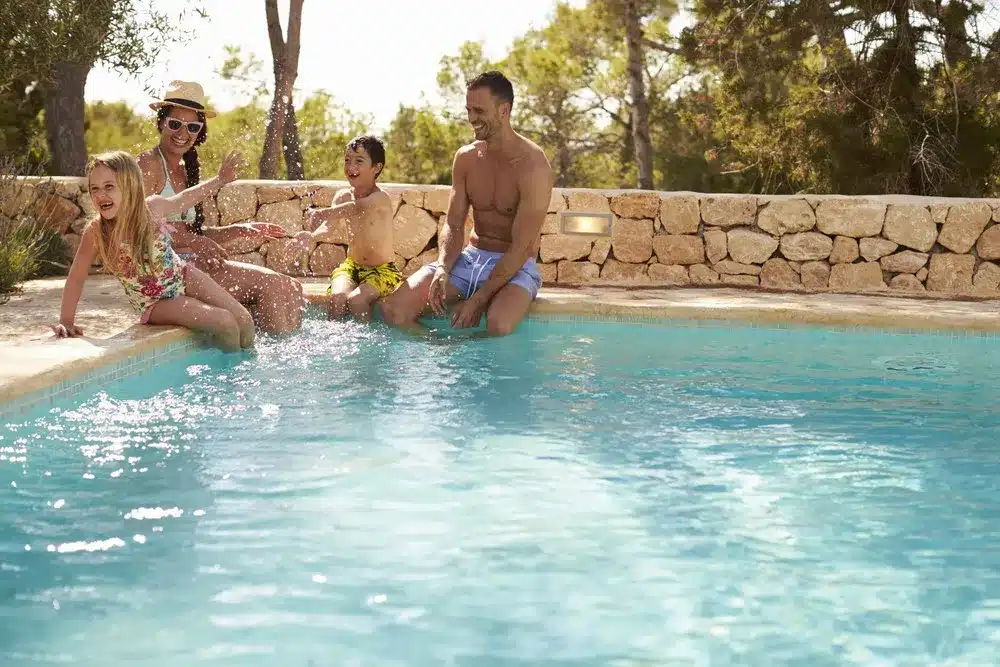By optimizing the energy consumption of your equipment, you can contribute to a more responsible use of your pool, and above all make real savings on your budget. In this article, discover the best tips for reducing your pool's energy consumption.

Electricity consumption for a swimming pool depends on a number of factors. First, the size of the pool plays an important role, as the larger it is, the more energy it requires for heating and filtration. Then, the power and performance of your filtering system also influence electricity consumption. The climate of your region has its impact, as more rigorous climatic conditions require more energy to maintain water temperature. The location of the pool, whether indoors or outdoors, in the shade or in the sun, also affects its consumption. What's more, the materials used for the pool can modify energy requirements. Finally, electrical equipment for heating and filtration, such as heat pumps, boilers, solar thermal collectors and photovoltaic panels, contribute significantly to lower electricity consumption.
As mentioned above, calculating the annual electricity cost of a swimming pool is tricky, as it all depends on the size of your pool, its depth and your equipment. Finally, certain contracts with electricity suppliers can be more or less advantageous, such as the peak/off-peak system. In any case, you should know that annual consumption is divided into three categories: filtration 60%, heating around 35% and ancillary equipment (robots, roller shutters) 5%.
Estimated average annual electricity consumption
Regular pool maintenance is crucial to energy savings for a number of reasons. Firstly, as we said in the previous paragraph, a well-maintained filtration system operates more efficiently. Clean filters and pumps in good condition reduce energy consumption by ensuring optimum water circulation. Similarly, elements such as skimmers and nozzles need to be kept clear to prevent the system from working harder than necessary.
Secondly, regular pool maintenance allows leaks to be detected and repaired quickly. Water leaks can lead to over-consumption of energy for heating and filling the pool, increasing your energy costs.
An effective cleaning of pool surfaces and equipment, such as solar heaters or photovoltaic panels, ensures their maximum efficiency. Scale and algae in the pool can reduce the ability of these devices to capture and retain heat, thus requiring more energy to maintain water temperature.
Finally, preventive maintenance reduces the risk of major breakdowns and costly repairs that could lead to increased energy consumption. A well-maintained pool is not only more economical in the long term, but also more pleasant to use.
Since January 2024, a new pictogram assigns scores from A to F to assess the energy efficiency of swimming pool equipment. Like the Nutri-Score for food products, this system lets you choose your equipment based on its energy performance. This information helps you understand their environmental impact. You can find these scores on quotations when building or renovating your pool.
The pool market has evolved significantly, now offering much more environmentally-friendly, energy- and water-efficient equipment. However, a swimming pool remains a substantial investment for any household. Intelligent pool design can help reduce your energy costs. In addition, regular maintenance of your equipment, as well as maintaining water quality, are essential to optimize your energy consumption and maximize the efficiency of your installation.